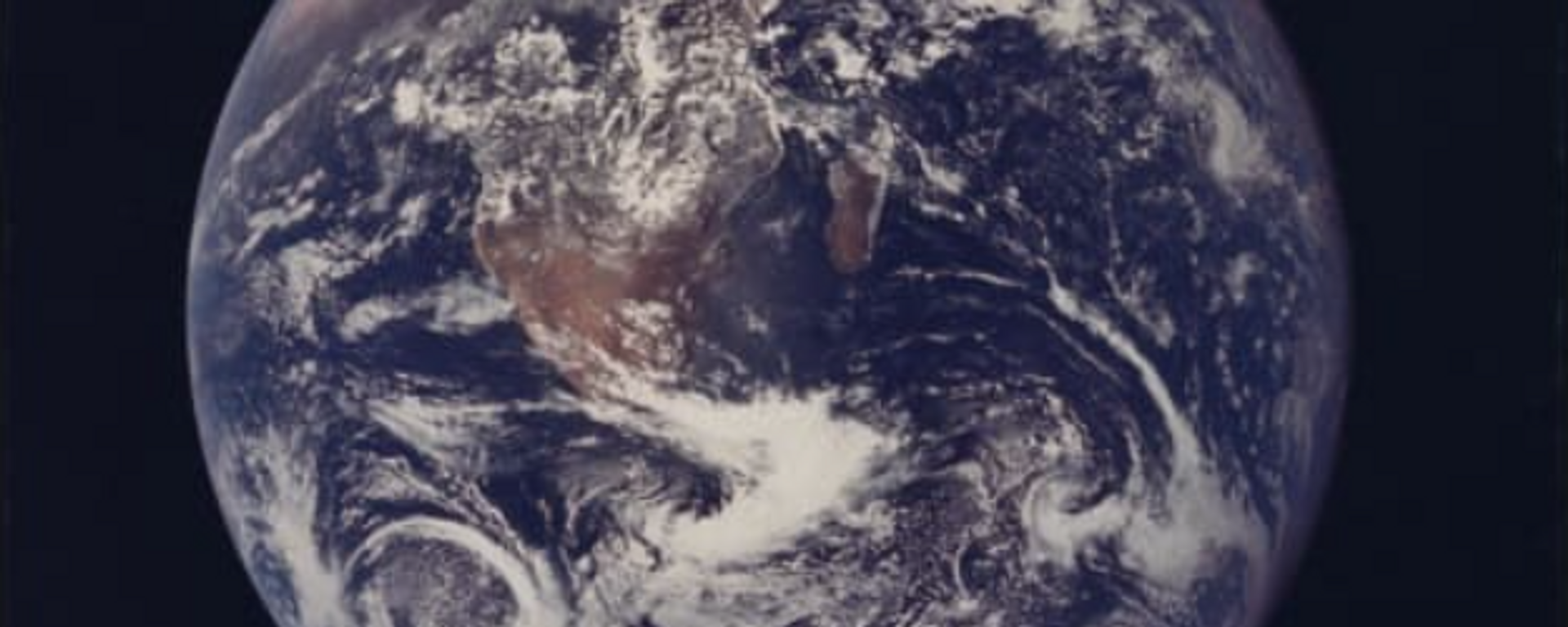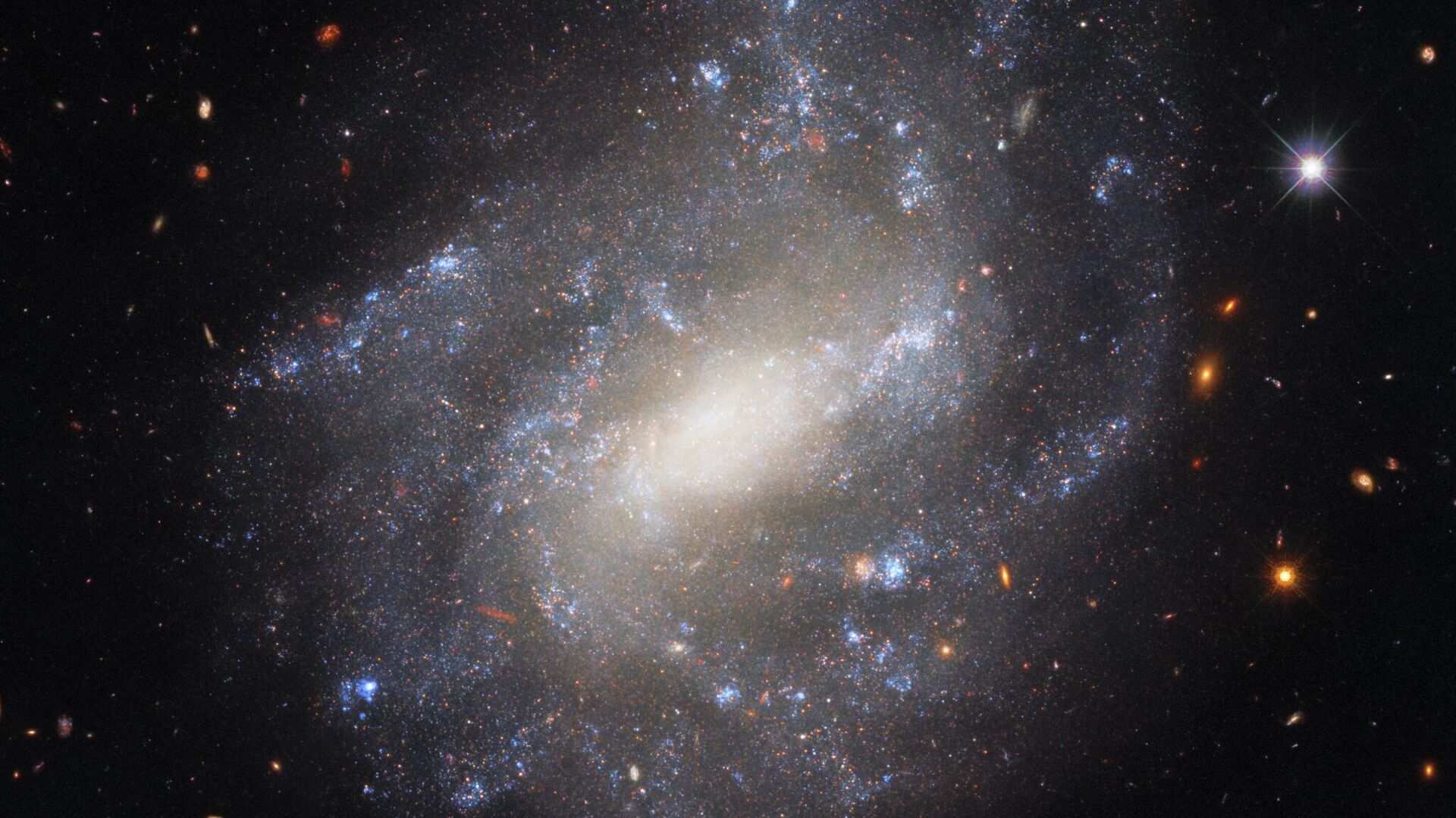https://sputnikglobe.com/20230209/astronomers-find-anomalous-ring-on-dwarf-planet-in-solar-system-study-reveals-1107099178.html
Astronomers Find Anomalous Ring on Dwarf Planet in Solar System, Study Reveals
Astronomers Find Anomalous Ring on Dwarf Planet in Solar System, Study Reveals
Sputnik International
In a new study, scientists have discovered another star with a ring of satellites. However, the physical data of this ring make one of the basic constants of astrophysics questionable.
2023-02-09T01:22+0000
2023-02-09T01:22+0000
2023-04-12T16:58+0000
science & tech
planets
satellite
ring
kuiper belt
space
https://cdn1.img.sputnikglobe.com/img/07e6/0a/1e/1102850937_0:581:2047:1732_1920x0_80_0_0_e07a1acdb982fd183f4cae33adbbf9cf.jpg
An international team of researchers has announced the discovery of an unusual ring system on the dwarf planet Quaoar, one of the largest objects in the Kuiper Belt. Officials noted in their findings that the rings were so far away from its home planet's surface that they disproved the main theory with which scientists had previously explained the rings.Astronomers were able to find the rings at Quaoar using HiPERCAM, an extremely sensitive camera mounted on the Grand Canary Telescope - the largest optical observatory on Earth.As the rings of Quaoar are too small and dim to see directly, scientists observed the distant planet as it obscured a background star from astronomers. The planetary eclipse lasted less than a minute, but just before and after the event, the brightness of the star also decreased for a short period of time. Such behavior can only be explained by the presence of the Quaoar rings.Researchers have noted the distance between Quaoar and its rings as unique considering they are more than seven times the radius of the planet - almost twice the Roche limit, the maximum distance at which ring systems were previously thought to exist. Officials believe the proximity to the planet is what protects the rings from coalescing into a large satellite.Findings by researchers were published Wednesday in the journal Nature. Officials have underscored that the discovery of the new ring system now requires a new explanation of how it formed and why it persisted.
https://sputnikglobe.com/20230206/earth-20-astronomers-spot-similar-exoplanet-72-light-years-away-1107026468.html
Sputnik International
feedback@sputniknews.com
+74956456601
MIA „Rossiya Segodnya“
2023
News
en_EN
Sputnik International
feedback@sputniknews.com
+74956456601
MIA „Rossiya Segodnya“
Sputnik International
feedback@sputniknews.com
+74956456601
MIA „Rossiya Segodnya“
quaoar, new ringed planets, satellites, rosh limit new evidences, why some planets have rings os satellites
quaoar, new ringed planets, satellites, rosh limit new evidences, why some planets have rings os satellites
Astronomers Find Anomalous Ring on Dwarf Planet in Solar System, Study Reveals
01:22 GMT 09.02.2023 (Updated: 16:58 GMT 12.04.2023) Roche limit, named after the French astronomer Edouard Albert Roche, is the physical region where the gravitational forces of one cosmic body prevail over those of others. It has been considered a pillar in the study of the satellites of stars, but a new study calls it into question.
An international team of researchers has announced the discovery of an unusual ring system on the dwarf planet Quaoar, one of the largest objects in the Kuiper Belt.
Officials noted in their findings that the rings were so far away from its home planet's surface that they disproved the main theory with which scientists had previously explained the rings.
"It is a factor of two further out than what was previously recognized as the limit for how far a ring system can exist around a parent body," said Vikram Dhillon, a professor of astrophysics at the University of Sheffield in the UK and co-author of the new study.
Astronomers were able to find the rings at Quaoar using HiPERCAM, an extremely sensitive camera mounted on the Grand Canary Telescope - the largest optical observatory on Earth.
As the rings of Quaoar are too small and dim to see directly, scientists observed the distant planet as it obscured a background star from astronomers. The planetary eclipse lasted less than a minute, but just before and after the event, the brightness of the star also decreased for a short period of time. Such behavior can only be explained by the presence of the Quaoar rings.

6 February 2023, 22:51 GMT
Researchers have noted the distance between Quaoar and its rings as unique considering they are more than seven times the radius of the planet - almost twice the Roche limit, the maximum distance at which ring systems were previously thought to exist.
Officials believe the proximity to the planet is what protects the rings from coalescing into a large satellite.
Findings by researchers were
published Wednesday in the journal Nature. Officials have underscored that the discovery of the new ring system now requires a new explanation of how it formed and why it persisted.


